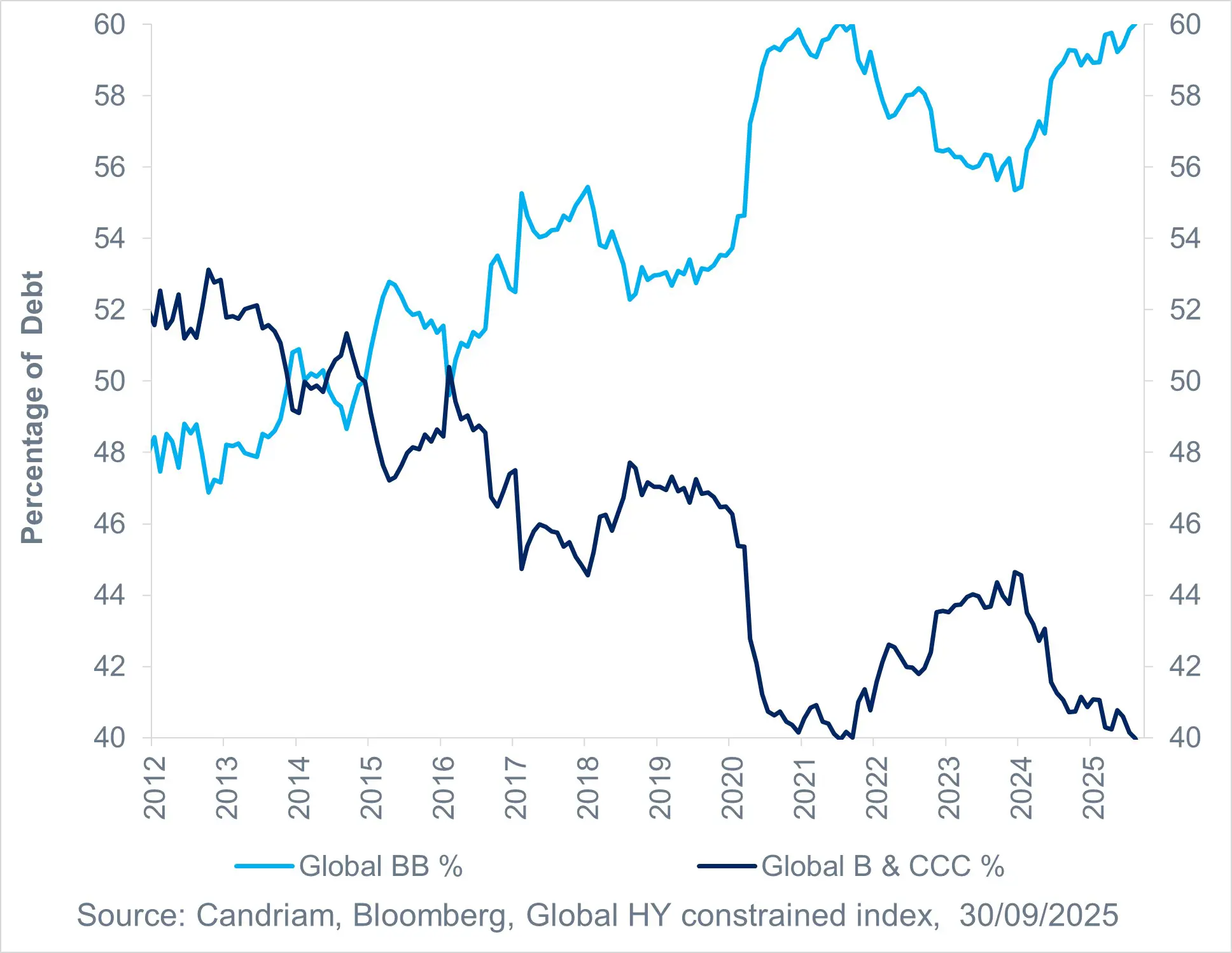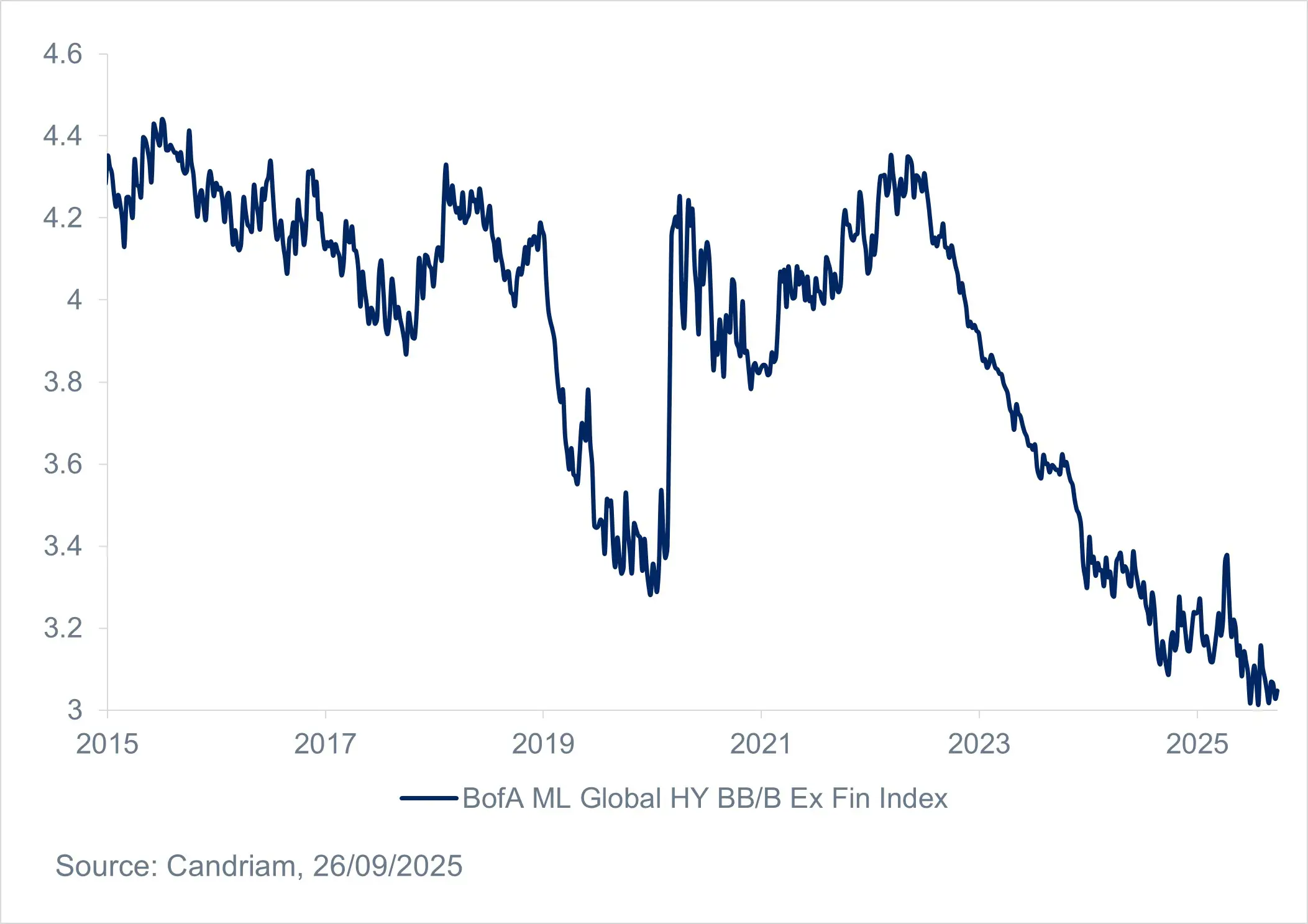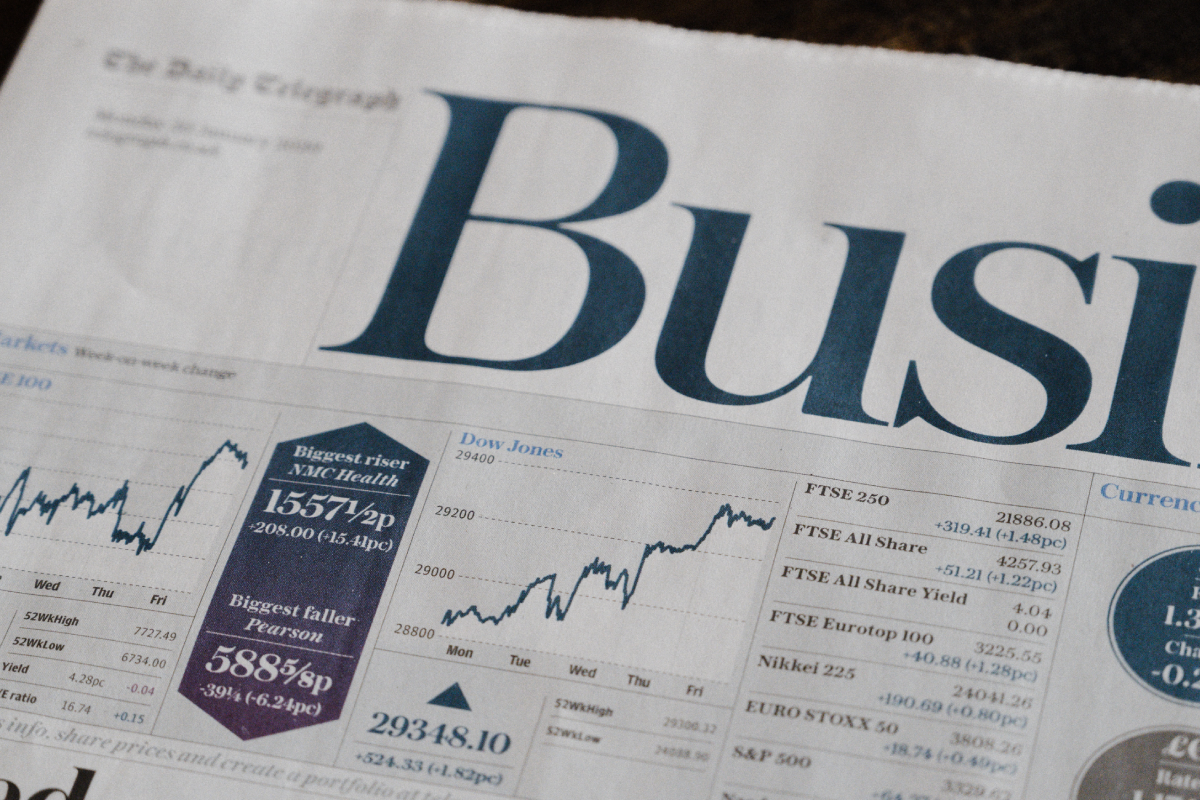Quality, Flexibility, and Discipline: The Next Phase for Credit
This environment calls for a nuanced, bottom-up approach. With dispersion likely to increase, investors will need to lean on deep fundamental research to differentiate resilient issuers from those more exposed to macro fragility. Sector and issuer selection will once again become the primary driver of outperformance.
In our view, both Investment Grade and High Yield remain fundamentally interesting — supported by solid balance sheets, healthy cash flows, and appealing yields. However, the road ahead will likely be marked by higher dispersion and greater uncertainty, which makes active management and credit selectivity essential.
A successful credit strategy in this phase rests on three guiding principles:
- Rigorous fundamental research — to identify strong business models and resilient capital structures.
- Dynamic allocation and flexibility — across ratings, regions, and structures to exploit relative value.
- Disciplined risk management — maintaining diversification and managing duration to preserve convexity.
The credit market of late 2025 offers both opportunity and risk in equal measure. The fundamentals are reassuring, the technicals powerful, and the yields generous. But beneath this strength lies a complex macro environment that demands humility and precision.
In short, credit remains a rewarding place to be — provided one enters it with discernment rather than complacency.














